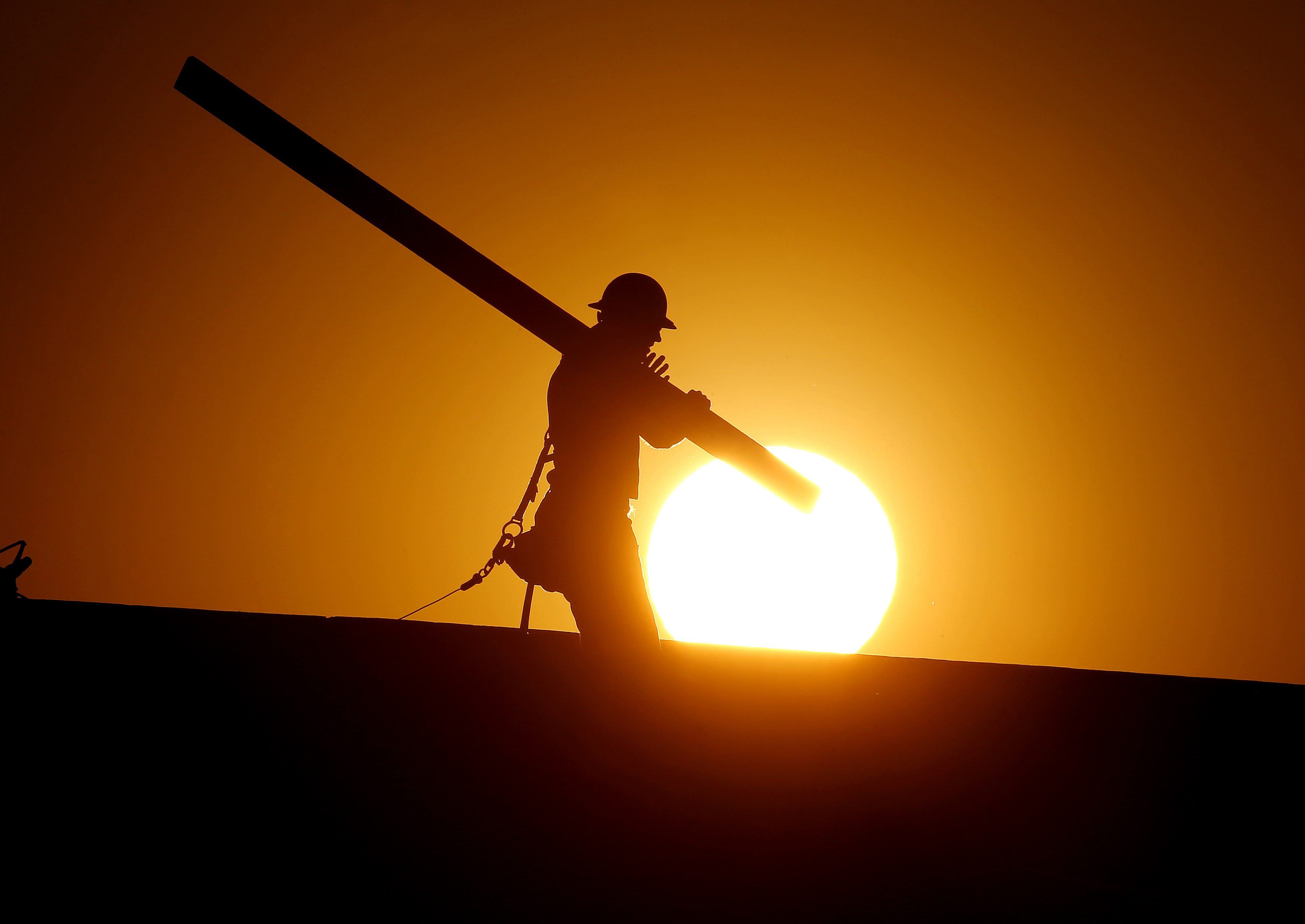A Flex Alert is in place across California in an attempt to save energy as the state experiences smoldering hot temperatures this week.
The voluntary electricity conservation alert has been issued for Tuesday and Wednesday, from 2 p.m. to 9 p.m. During this time, the California Independent System Operator (ISO) is urging consumers to help avoid power outages by turning off all unnecessary lights or major appliances. Air conditioners should be set to 78 degrees or higher.
The goal of a Flex Alert is to conserve electricity during heat waves, when power use can overwhelm the electricity supply. Making slight changes, such as turning up the air conditioning temperature, can help avoid strains on the power grid.
Normally, a Flex Alert is issued during high peak demand such as during a heat wave. The alert can also be active during unplanned power plant outages and when fires cause transmission line overloads, losses or limitations. The ISO generally issues a Flex Alert a day in advance of when conservation is needed but grid emergencies can happen suddenly so sometimes there's no advanced notice.
Californians, especially those living in the Sacramento region and the Central Valley, aren't strangers to triple-digit heat during the summer. Extreme temperatures usually occur at least once a summer but not all hot days call for a Flex Alert.
"We try not to call Flex Alerts until we really need them," said Steven Greenlee, spokesperson for the ISO.
From 1998 to 2016, the ISO has issued 100 Flex Alert days. With the two days issued today, there are 102 Flex Alert Days up to date. Nearly half of the Flex Alerts issued over the past 19 years were in the 2000 and 2001 during the California electricity crisis when a shortage of electricity caused large-scale blackouts and prices to surge.
California went through a "scorcher" in 2006 and issued 18 Flex Alerts, according to Greenlee. In fact, on July 24, 2006 the state reached a peak record with the most electricity demand in state history.
During a typical year, Flex Alerts are only issued one to three times. The ISO relies on California residents to help with conservation on Flex Alert days and aren't let down.
"Californians respond magnificently," Greenlee said.
Last June, the state was able to conserve 500 (mW), which is equivalent to two power plants, on just one Flex Day, thanks to the voluntary changes made by Californians, Greenlee explained.
Here are some conservation tips from California ISO:
- Set thermostat at 78° or higher and turn off, if away
- Cool with fans and draw drapes
- Turn off unnecessary lights and appliances
- Use major appliances in morning or late evening


